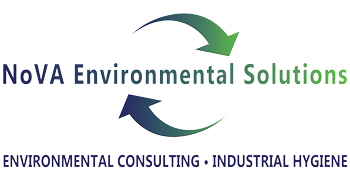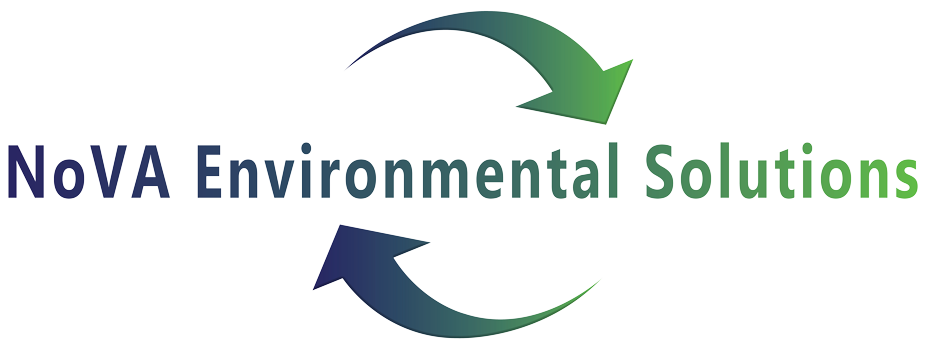What is a Phase 2 Environmental Site Assessment?
A Phase II Environmental Site Assessment (ESA) is typically the second step in the environmental due diligence process and usually succeeds a Phase I ESA. Phase II ESAs may include soil, soil vapor, and/or groundwater sampling, which will help determine if there is a presence or absence of hazardous substances, petroleum products .
Phase II ESAs can also come with business environmental risks that can affect a real estate transaction negatively. This is something you should be concerned with, but it is not necessarily a reason to walk away from a deal. Performing one is necessary for ensuring safety and avoiding liability and understand that a Phase II Environmental Site Assessment is of paramount importance, so these risks should be considered an inherent part of development.
Is a Phase II ESA necessary?
A Phase II ESA addresses recognized environmental conditions (RECs) identified in a Phase I ESA to determine if contamination is present, which helps a purchaser determine potential liability. Findings of the Phase II can also be used in negotiating the property value. Additionally, the Phase II ESA gives the purchaser the peace of mind that they know what they are buying.
The following types of properties will typically need a Phase 2 Environmental Site Assessment:
- Gas Stations with Underground Storage Tanks
- Automotive Repair Facilities
- Dry Cleaners with On-Site Cleaning Equipment
- Manufacturing and Industrial Properties that Used Hazardous Chemicals or Petroleum Products
- Properties with a History of Spills or Releases of Hazardous Substances or Petroleum Products
- Properties that Have Any of the Above in the Immediate Vicinity
Not all these types of properties will need a Phase II ESA. If the property is in good condition and the current owner has records to demonstrate substantial compliance with spill prevention requirements, then a simple record review may be all that is required to meet the buyer’s business needs.
Not all Phase II ESAs find significant contamination. While they are performed only if the Phase I assessment reveals concerns, it is not uncommon for them to find no problems or ones which can easily be mitigated.
Significant contamination will require a mitigation plan that might delay your plans. However, it is worth remembering that ensuring that the site and buildings are safe is always cheaper in the long run.
When are Phase II ESAs performed?
Phase II ESAs are typically conducted prior to purchase or transfer of a property but may also be conducted for an existing owner. That way, if environmental contamination is identified, the purchaser can make an informed decision regarding their willingness to manage identified risks associated with the property.
What field work is typical for a Phase II ESA?
There is no “typical” Phase II ESA because no two sites are exactly the same. Phase II ESA scopes of work are customized based on various factors, including historical operations at the property, types of known or suspected releases, potential risks, and the client’s risk tolerance. Common contaminants for commercial and industrial sites include volatile organic compounds, semi-volatile organic compounds, Polychlorinated biphenyls (PCBs), and metals. Many other types of contaminants may exist depending on the specific property and should be addressed in the Phase II ESA.
Here are some common aspects you can expect to be customized for a Phase II ESA:
- Indoor air and/or sub-slab vapor sampling will be performed if greater insight into vapor intrusion and indoor air quality is needed. This has become more common with a recent focus on indoor air quality.
- Volatile organic compounds (VOCs), such as benzene or trichloroethylene. There are a lot of VOCs, and they may also be emitted from sources inside a vacant building, such as paints and even building materials.
- Semivolatile organic compounds, such as naphthalene. These are commonly found on sites that used to be manufacturing industries or agrochemical plants.
- Elemental mercury
- Certain pesticides, which can also be an issue if the site was used for intensive agriculture.
- Polychlorinated biphenyls.
- Additional assessments will be included when necessary. For example, a geophysical survey may be conducted to determine if underground tanks or other buried features are present. Some purchasers may also request surveys for asbestos containing materials, lead-based paint, or a wetlands assessment
What’s included in a Phase II ESA report?
A Phase II ESA report summarizes the scope of work and findings, which, based on project objectives, can include:
- Field observations, screening results, and any other pertinent field information
- Depth to groundwater
- Laboratory analytical results
- Comparisons to applicable state or federal screening or action levels
- Discussion of contaminant concentrations (if applicable)
- Suggestion for additional investigation to further delineate or characterize impacts if concentrations of certain compounds exceed the applicable screening or action levels
You have a Phase II ESA report, now what?
There may be additional costs associated with purchasing or redeveloping a contaminated property, but many opportunities exist for managing risk. If warranted, remediation may be recommended to prevent threats to human health and the environmental. Alternatively, based on the current and planned uses of the property, additional actions may not be warranted or recommended. Other alternatives can also be considered such as entering the property into a Voluntary Cleanup or Brownfields program that grant property purchasers liability protection.
Environmental Testing In:
| Frederick County | Loudoun County | Clarke County |
| Fairfax County | Prince William County | Montgomery County, MD |
| Jefferson County, WV | Berkeley County, WV | Arlington, VA |
| Alexandria, VA | Gainesville, VA | Winchester, VA |
| Fairfax, VA | Hagerstown, MD | Frederick, MD |
| Charles Town, WV | Martinsburg, WV | Washington, DC |



